Some of them have lost nearly all their herd, and all blame the disturbance of badger habitats for worsening, if not causing, the whole problem.
The skeleton of the new road tears through the landscape of Co Galway, leaving deep trenches and rising in elevated sections with fields, hedgerows and scrubland sectioned off as far as the eye can see.
One farmer along the site of the new flyover near Ardrahan told the Irish Farmers Journal he lost half of his herd including more than 30 cows last year. Two of his neighbours said they had their first outbreaks in more than 15 years.
Along the same stretch of road works, the IFA’s Galway county chair Pat Murphy is one of the worst affected. He lost 69 milking cows to a first test in August, and 19 more a week later. “I was milking 88 cows that morning. I milked less than 20 that evening,” he said. Since then, retests have thrown up more reactors, including three this month. “I’m in the middle of it and I don’t know where to turn,” he told the Irish Farmers Journal.
The effect on his farm and himself has been devastating. “I’m not saying my cows were perfect, but they were my cows – my breeding,” he said. The usual compensation back-and-forth ensued, with valuations based on current prices very poor when only cull cows make it to the mart in the summer. “I have taken a very big financial hit. I have very little income, I don’t know what I’ll do next year,” Pat said.
TB has not been kind to IFA leaders. Further north, a recent cluster of reactors has developed where the new road meets the existing M6 near Athenry and IFA president Joe Healy has lost more than 20 animals so far.
One of his neighbours, Gerard Costello, keeps 35 suckler cows in Gortroe. Four of them turned out to be reactors and left a few weeks ago. He is awaiting a retest in the new year. The new motorway rises just behind his yard, with excavators overlooking the cattle as they feed. “It’s all clean land,” he said, gesturing towards his neatly fenced paddocks. “But there’s a lot of scrubland over there,” he added, pointing to the construction site at the edge of his farm.
All farmers with recent TB cases contacted by the Irish Farmers Journal in the area said such rocky or bushy land on or adjacent to their farms used by badgers to take cover was disturbed during the road works of the past year. “They had just fenced the site,” said one as he recalled his first positive test. “Badgers are territorial: when you put a mammal-proof fence through their territory, they’re disturbed and stressed.”

Pat Murphy said he had seen a lot of rooting on his land in recent months. So did Mortimor Keane (pictured), a suckler farmer in Greathill, Athenry, where the motorway site has taken five acres of his farm. “I had a reactor on my farm the other day, and since 1974 I never had a break of TB.” Mortimor is very familiar with the TB sets on his farm and he said some were destroyed during the construction works. There are now signs of fresh rooting within sight of the shed where his cattle are housed.
These farmers are not jumping to conclusions. They take their information from vets and Department of Agriculture staff who have visited their farms. Mortimor said Department officials first came to manage the badgers whose habitat was being flattened under the motorway, trapping and vaccinating them before they were moved on by construction.
Listen to an interview with Mortimor in our podcast below:
Listen to “Farmer in Galway TB black spot” on Spreaker.
This month, they asked him where the remaining sets were, and he showed them where to put down snares. The wire loops are now in place outside the holes the animals use as homes and toilets. “They tranquilise the badgers then for eight to 10 hours, microchip them and inject them against TB and to see has he TB,” he explained.

Farmers have expressed doubts about this vaccinating policy, which the Department is planning to roll out nationwide. “They’ll never get round to all the badgers in the country to snare them,” said one. “We were in the middle of a pilot to vaccinate badgers for three or four years,” added Pat Murphy. “I don’t trust the vaccination process – it hasn’t worked for me.”
The frustration at the double standards applied to badgers and cattle is evident. “If the badger has TB, he can mooch around after a few hours when he wakes up, and he’s gone. Whereas my cattle are taken away and slaughtered and I’m closed down for 120 days – there’s something very wrong somewhere.”
 Pat Murphy said he knew of one badger taken out by Department officials on his farm and he called for culls. “For farmers to have trust in the process, the number of badgers needs to go down,” he said.
Pat Murphy said he knew of one badger taken out by Department officials on his farm and he called for culls. “For farmers to have trust in the process, the number of badgers needs to go down,” he said.
Environmentalists oppose culls because the TB transmission route from badgers to cattle has never been fully scientifically explained, and other causes may be at play.
Other farmers called for TB vaccination of cattle, but this would not be practical because the effects of the vaccine would make it impossible to distinguish infected from vaccinated cattle and guarantee TB-free beef and milk.
This leaves little hope for farmers along the new motorway. In Athenry, Gerard Costello said he had little complaint about the road itself: “They gave me underpasses. This disease is more of a nuisance than the motorway,” he said.
The prices paid for land under compulsory purchase orders are deemed adequate, leaving farmers immediately off the construction site but close enough to suffer from the perceived elevated TB risk worst off. One saying was going round Athenry mart recently: “The road, you have to be in the middle of it, or well away from it.”
James O’Keeffe, head of the Department of Agriculture’s wildlife unit, said there was no evidence of increased TB incidence along the site of major road works. His office conducted a study during the construction of the M1 between Dundalk and Drogheda more than 10 years ago, measuring TB along 5km of the new road and a random 5km line of similar environment elsewhere in Co Louth. “We found to correlation when compared with a similar area where no road was being built,” O’Keeffe said. As a result, there were no further studies.
O’Keeffe pointed out that road construction led to other disturbances than that of wildlife, including compulsory purchase orders leading farmers to buy land elsewhere quickly because of capital gains tax rules. He said many farms were being reshaped and animals moved as a result, which could also pose a potential TB risk.
The Department of Agriculture did not respond to queries from the Irish Farmers Journal on the number of TB reactors along the route of the M17-M18. A Department source said annual TB testing was not enough to detect changes in the disease’s patterns in the short space of time since construction started. Yet in reply to a parliamentary question from independent Clare TD Michael Harty this month, Minister for Agriculture Michael Creed said he had “no plans to introduce two annual TB tests” in pockets affected by numerous outbreaks.
Read more
Badger cull and capped compensation in Northern Ireland TB plan
More TB stories
Some of them have lost nearly all their herd, and all blame the disturbance of badger habitats for worsening, if not causing, the whole problem.
The skeleton of the new road tears through the landscape of Co Galway, leaving deep trenches and rising in elevated sections with fields, hedgerows and scrubland sectioned off as far as the eye can see.
One farmer along the site of the new flyover near Ardrahan told the Irish Farmers Journal he lost half of his herd including more than 30 cows last year. Two of his neighbours said they had their first outbreaks in more than 15 years.
Along the same stretch of road works, the IFA’s Galway county chair Pat Murphy is one of the worst affected. He lost 69 milking cows to a first test in August, and 19 more a week later. “I was milking 88 cows that morning. I milked less than 20 that evening,” he said. Since then, retests have thrown up more reactors, including three this month. “I’m in the middle of it and I don’t know where to turn,” he told the Irish Farmers Journal.
The effect on his farm and himself has been devastating. “I’m not saying my cows were perfect, but they were my cows – my breeding,” he said. The usual compensation back-and-forth ensued, with valuations based on current prices very poor when only cull cows make it to the mart in the summer. “I have taken a very big financial hit. I have very little income, I don’t know what I’ll do next year,” Pat said.
TB has not been kind to IFA leaders. Further north, a recent cluster of reactors has developed where the new road meets the existing M6 near Athenry and IFA president Joe Healy has lost more than 20 animals so far.
One of his neighbours, Gerard Costello, keeps 35 suckler cows in Gortroe. Four of them turned out to be reactors and left a few weeks ago. He is awaiting a retest in the new year. The new motorway rises just behind his yard, with excavators overlooking the cattle as they feed. “It’s all clean land,” he said, gesturing towards his neatly fenced paddocks. “But there’s a lot of scrubland over there,” he added, pointing to the construction site at the edge of his farm.
All farmers with recent TB cases contacted by the Irish Farmers Journal in the area said such rocky or bushy land on or adjacent to their farms used by badgers to take cover was disturbed during the road works of the past year. “They had just fenced the site,” said one as he recalled his first positive test. “Badgers are territorial: when you put a mammal-proof fence through their territory, they’re disturbed and stressed.”

Pat Murphy said he had seen a lot of rooting on his land in recent months. So did Mortimor Keane (pictured), a suckler farmer in Greathill, Athenry, where the motorway site has taken five acres of his farm. “I had a reactor on my farm the other day, and since 1974 I never had a break of TB.” Mortimor is very familiar with the TB sets on his farm and he said some were destroyed during the construction works. There are now signs of fresh rooting within sight of the shed where his cattle are housed.
These farmers are not jumping to conclusions. They take their information from vets and Department of Agriculture staff who have visited their farms. Mortimor said Department officials first came to manage the badgers whose habitat was being flattened under the motorway, trapping and vaccinating them before they were moved on by construction.
Listen to an interview with Mortimor in our podcast below:
Listen to “Farmer in Galway TB black spot” on Spreaker.
This month, they asked him where the remaining sets were, and he showed them where to put down snares. The wire loops are now in place outside the holes the animals use as homes and toilets. “They tranquilise the badgers then for eight to 10 hours, microchip them and inject them against TB and to see has he TB,” he explained.

Farmers have expressed doubts about this vaccinating policy, which the Department is planning to roll out nationwide. “They’ll never get round to all the badgers in the country to snare them,” said one. “We were in the middle of a pilot to vaccinate badgers for three or four years,” added Pat Murphy. “I don’t trust the vaccination process – it hasn’t worked for me.”
The frustration at the double standards applied to badgers and cattle is evident. “If the badger has TB, he can mooch around after a few hours when he wakes up, and he’s gone. Whereas my cattle are taken away and slaughtered and I’m closed down for 120 days – there’s something very wrong somewhere.”
 Pat Murphy said he knew of one badger taken out by Department officials on his farm and he called for culls. “For farmers to have trust in the process, the number of badgers needs to go down,” he said.
Pat Murphy said he knew of one badger taken out by Department officials on his farm and he called for culls. “For farmers to have trust in the process, the number of badgers needs to go down,” he said.
Environmentalists oppose culls because the TB transmission route from badgers to cattle has never been fully scientifically explained, and other causes may be at play.
Other farmers called for TB vaccination of cattle, but this would not be practical because the effects of the vaccine would make it impossible to distinguish infected from vaccinated cattle and guarantee TB-free beef and milk.
This leaves little hope for farmers along the new motorway. In Athenry, Gerard Costello said he had little complaint about the road itself: “They gave me underpasses. This disease is more of a nuisance than the motorway,” he said.
The prices paid for land under compulsory purchase orders are deemed adequate, leaving farmers immediately off the construction site but close enough to suffer from the perceived elevated TB risk worst off. One saying was going round Athenry mart recently: “The road, you have to be in the middle of it, or well away from it.”
James O’Keeffe, head of the Department of Agriculture’s wildlife unit, said there was no evidence of increased TB incidence along the site of major road works. His office conducted a study during the construction of the M1 between Dundalk and Drogheda more than 10 years ago, measuring TB along 5km of the new road and a random 5km line of similar environment elsewhere in Co Louth. “We found to correlation when compared with a similar area where no road was being built,” O’Keeffe said. As a result, there were no further studies.
O’Keeffe pointed out that road construction led to other disturbances than that of wildlife, including compulsory purchase orders leading farmers to buy land elsewhere quickly because of capital gains tax rules. He said many farms were being reshaped and animals moved as a result, which could also pose a potential TB risk.
The Department of Agriculture did not respond to queries from the Irish Farmers Journal on the number of TB reactors along the route of the M17-M18. A Department source said annual TB testing was not enough to detect changes in the disease’s patterns in the short space of time since construction started. Yet in reply to a parliamentary question from independent Clare TD Michael Harty this month, Minister for Agriculture Michael Creed said he had “no plans to introduce two annual TB tests” in pockets affected by numerous outbreaks.
Read more
Badger cull and capped compensation in Northern Ireland TB plan
More TB stories


 Pat Murphy said he knew of one badger taken out by Department officials on his farm and he called for culls. “For farmers to have trust in the process, the number of badgers needs to go down,” he said.
Pat Murphy said he knew of one badger taken out by Department officials on his farm and he called for culls. “For farmers to have trust in the process, the number of badgers needs to go down,” he said.







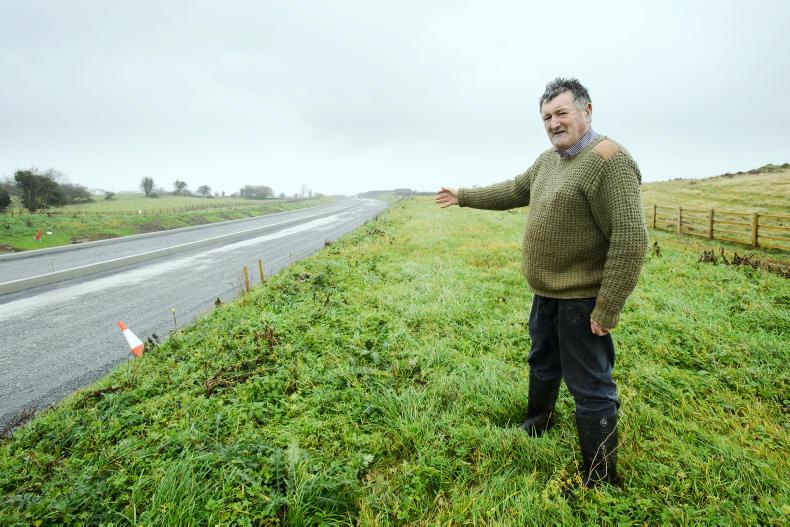
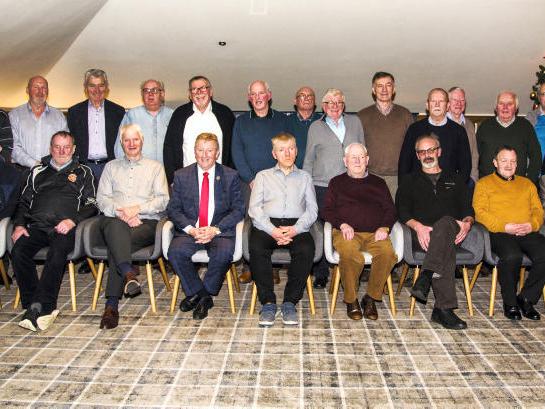

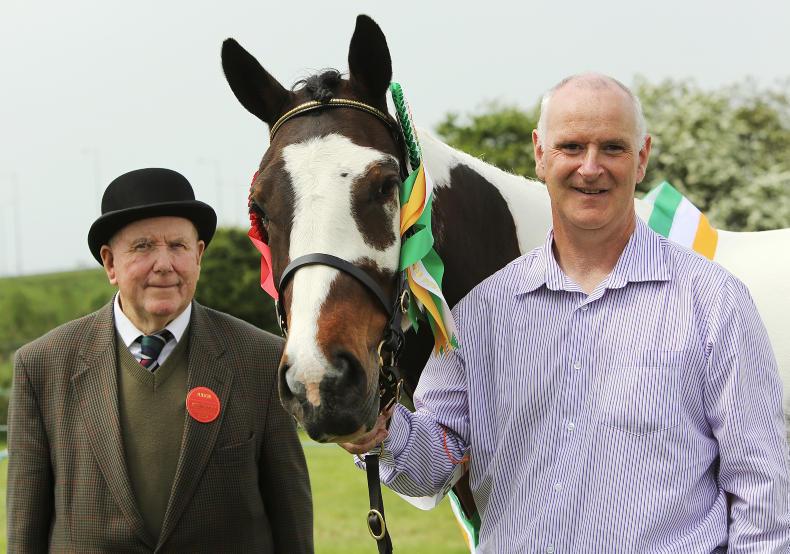
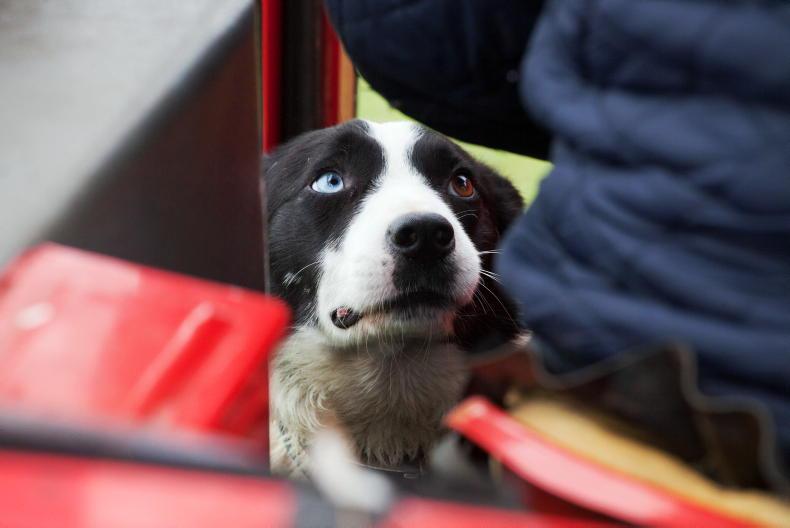
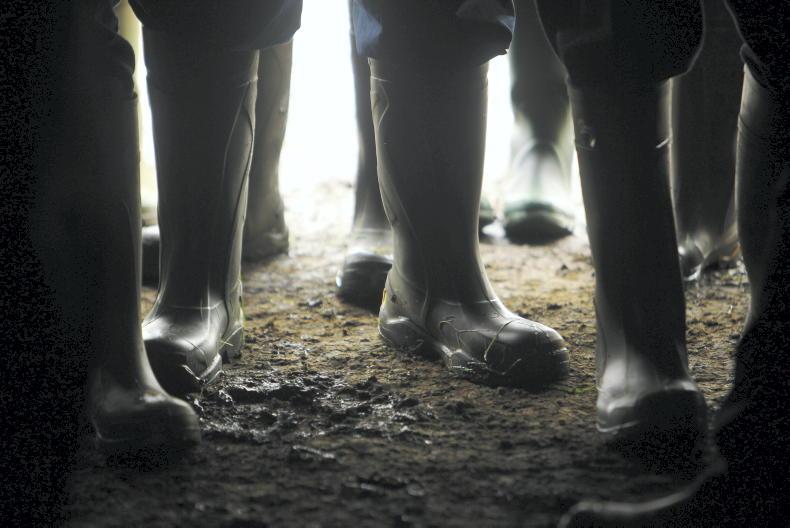
SHARING OPTIONS